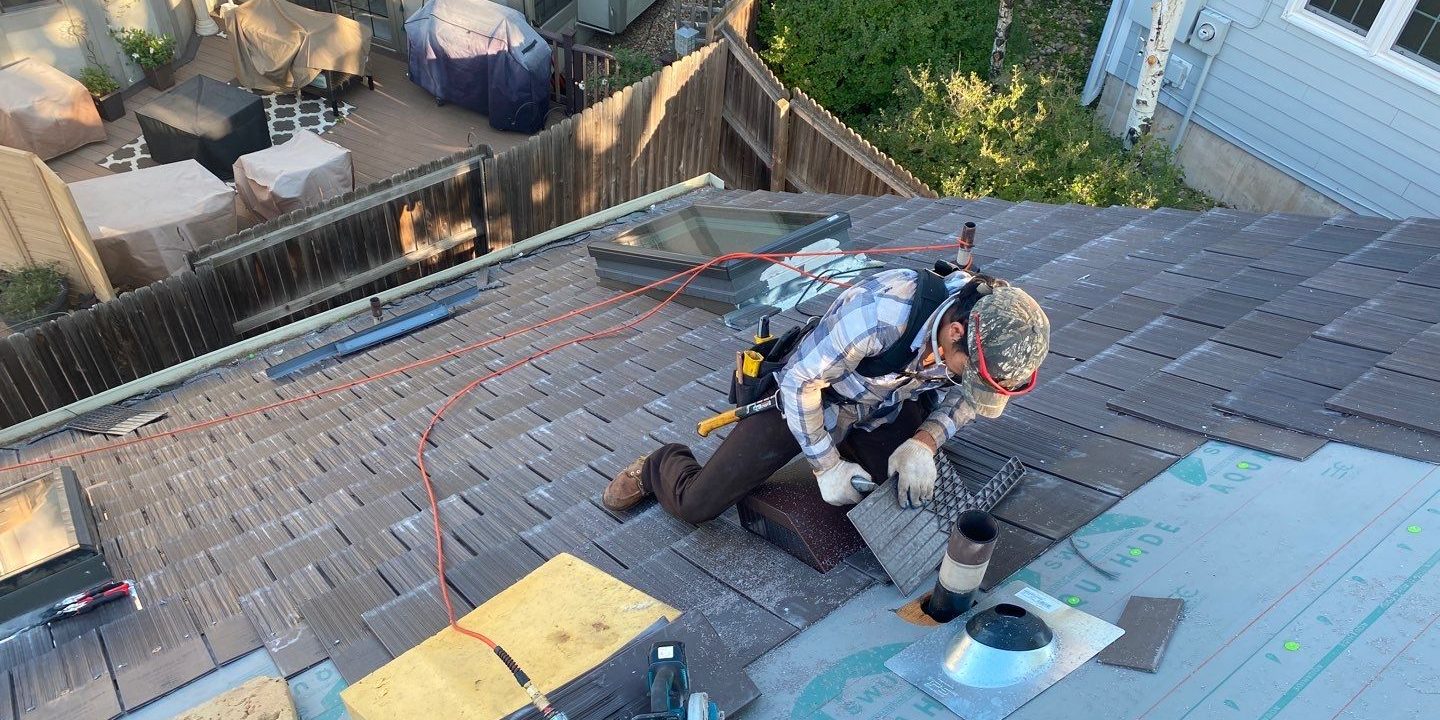Preventing Moisture Problems on Your Roof
When it comes to roof damages, it is often the case that damages from falling tree limbs or strong thunderstorms tend to get all the headlines. However, one of the most common yet least known issues that cause roof damage includes moisture. Read on to learn more about how roof moisture occurs in the first place, as well as how you can prevent it from damaging your home’s roof.
Providing Enough Venting
Adding vents to your home can be a tricky matter to deal with. This is because adding too little can cause moisture to build up, but adding too much can pose a danger to your home. However, it is still a very important thing to tackle as the damages caused by poor ventilation can leave you with a hefty repair bill. The importance of venting can be seen during the winter season. When snowfall accumulates on top of your roof, it can begin to freeze. If there is no proper ventilation to remove it, it can then cause moisture to get underneath the material, freeze and damage it as it freezes, melts, and refreezes again.
Lack of Insulation Repairs
When damages to your roof are left unrepaired or unnoticed, they can begin to cause damage to interior materials. This is especially true when it comes to insulation because it sits just one level below your roof. If repairs are not made, your insulation can quickly get wet during your next thunderstorm. Wet insulation can be extremely damaging to not only your roof but to the rest of your home if it sits wet long enough. The best course of action here is to inspect your insulation after every strong thunderstorm as a means of keeping moisture at bay.
Conclusion
Although not instantly damaging, allowing roof moisture to develop can lead to much more serious issues down the road. Things such as weak walls, mold, and much more are just a few of the costly damages that may appear. Thus it is important to consider the information above and begin implementing them into your own home roof




